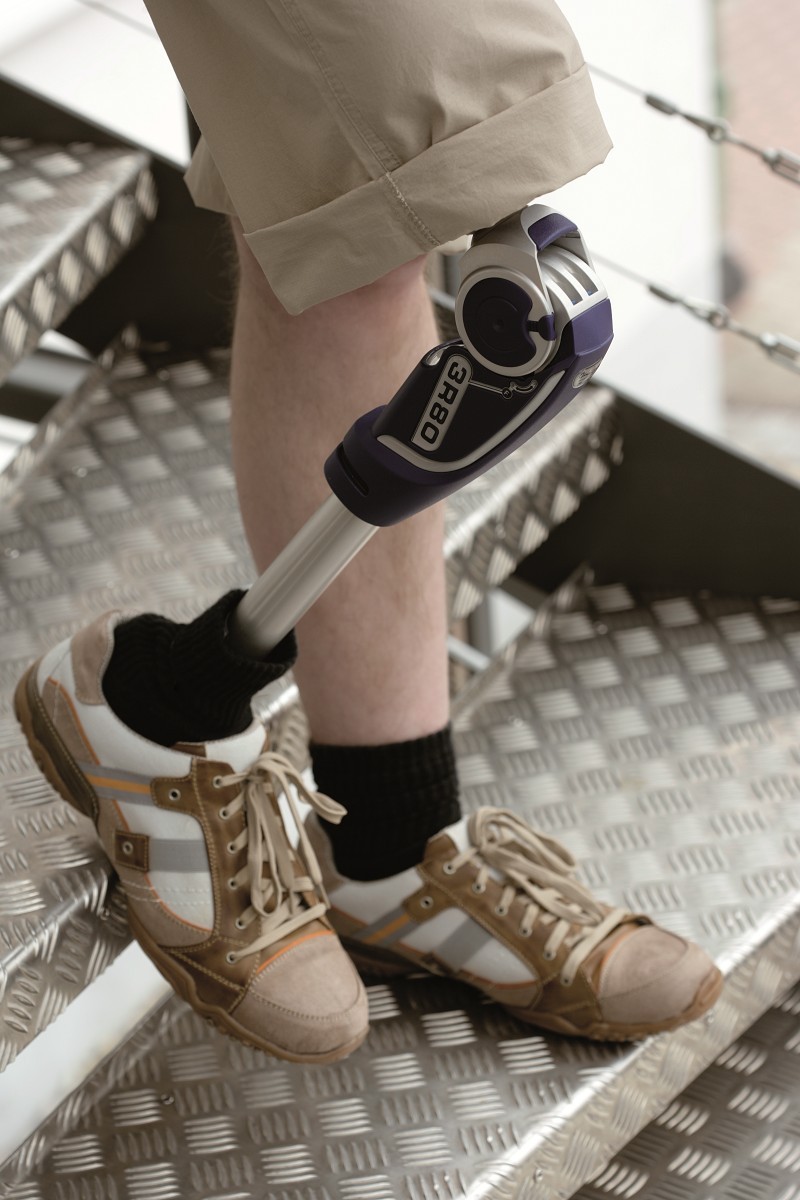Transfemoral & Knee Disarticulation Prostheses
It is addressed to patients with amputation in the middle of the femur and to patients with amputation of the knee joint. Because in both cases we provide the same prosthetic replacement, we treat patients as a common category.
Transfemoral amputations are performed less frequently than in the past due to new perceptions of the importance of maintaining the knee joint. However, hundreds of transfemoral amputations are performed in Greece every year due to two serious diseases,
- of neuropathy and
- of peripheral arterial disease.
Although transfemoral amputations are quite common, adapting to life after such surgery is not easy. The amputee has to deal with increased, energy loss
- while walking and
- while maintaining his balance.


Construction of transfemoral prosthesis
For the construction of the transfemoral socket, we follow three basic types of design, with American and European variants:
- The quadrilateral socket
- The ischial containment socket
- The anatomical case (M.A.S)
In the first type, the main load is achieved between the uncovered sciatic bulge and the sheath, with a suitable horizontal configuration of the latter.
In the second type, the main load is achieved between the fully covered sciatic bone and the sheath, with a sloping configuration of the latter, which includes the peripheral part of the large gluteus. This is the case with the most biomechanical requirements, but according to the general confession of our patients, it offers a better walking result.
The third category of case is suitable only for active patients. The transfer of loads is done through the bone lock and is achieved after detailed anatomical measurements between the sciatic bulge and the major trochanter.
In modern Modular, endoskeletal devices, the final configuration of the transfemoral socket is done, internally with thermoplastic materials or silicone liner and externally with lamination of carbon fiber resins.
The prosthesis is completed by adding to the peripheral socket
- the knee joint
- the tibia
- the ankle joint and
- prosthetic foot.
The choice of the knee and the foot is made after tests with the patient to meet his personal needs. For more options on knee joints, check out the new bionic knee joints.

